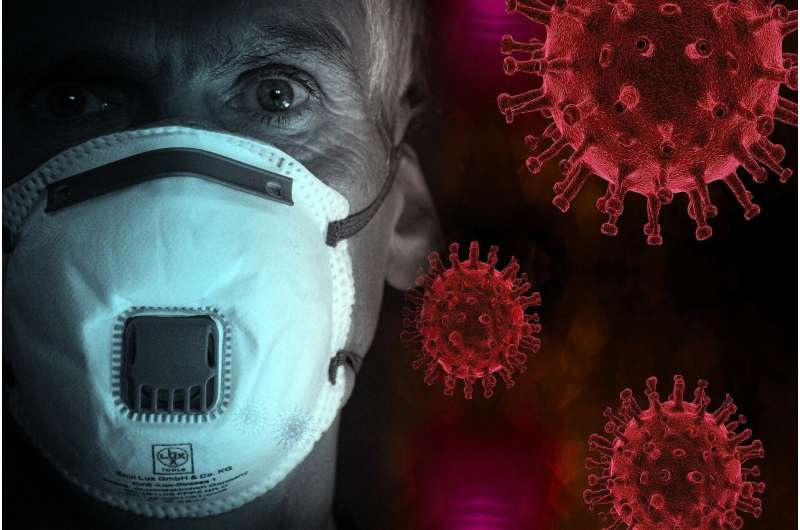First rapid testing roll-out saw 32% reduction in COVID-19 hospitalizations


The latest analysis of Liverpool City Region’s COVID-SMART community testing program released today (20 December 2021) reveals insights that will help policymakers, public health teams and the public with community approaches to COVID-19 testing.
The evaluation report led by researchers from the University of Liverpool’s Institute of Population Health, identified:
- A 32% reduction in COVID-19 hospitalisations—a larger effect than previously reported from synthetic control analysis following release of more detailed national data.
- The ‘test to release’ scheme saved 8,292 key worker workdays. Workers used a daily negative lateral flow test (LFT) as a COVID-19 certification to work. 34 COVID-19 cases were identified—only three of these had been missed by daily LFTs.
- Test-to-release (also known as daily contact testing) is important for civic resilience—evidence needs to inform current (locally variable) policies.
Between December 2020 and July 2021, 668,243 (45%) Liverpool City Region (LCR) residents aged five years and older had registered results from SARS-CoV-2 rapid antigen lateral flow tests performed at testing centers or via universal access home test kits.
Impacts recently reported from the City of Liverpool pilot a month earlier included an 18% increase in case-detection and a 21% decrease in case-rates up to mid-December 2020 when Liverpool was more easily compared with other regions, before the Alpha wave hit. The current report covers the UK’s first roll-out of community rapid antigen testing in the wider Liverpool City Region (1.5m residents) from December 2020.
Professor Iain Buchan, Dean of the Institute of Population Health and lead for the evaluation of Liverpool community testing pilot, said that “this time last year, as the Alpha variant was surging, we found that Liverpool City Region’s early roll-out of community rapid testing was associated with a 32% fall in COVID-19 hospital admissions after careful matching to other parts of the country in a similar position to Liverpool but without rapid testing.”
“We also found that daily lateral flow testing as an alternative to quarantine for people who had been in close contact with a known infected person enabled emergency services to keep key teams such as fire crews in work, underpinning public safety.”
“As the more infectious Omicron variant sweeps through communities this winter, access to rapid testing will be important for keeping key emergency, social care and NHS services afloat with test-to-release or daily contact testing schemes.”
“To make testing useful communities need to understand how to use a test and what the results mean—timing is critical—you can become infectious very quickly so taking a test the day before you mix with other people is not as useful as taking the test just before you meet up. And the more you encourage those you mix with to ‘test before you go’ the more risk you will take out—this kind of crowd-sourced health security is the new normal.”
About the COVID-SMART community testing program
The COVID-SMART community testing program, coordinated by Liverpool City Region / Merseyside Resilience Forum, NHS Test and Trace, Cheshire & Merseyside Health & Care Partnership and the University of Liverpool, was a national pilot of community open-access testing for the COVID-19 virus. This was available to people without symptoms in addition to testing services for those with symptoms, and open to everyone living or working in Liverpool City Region.
The pilot aimed reduce or contain transmission of the virus while tackling the mounting harms to health, social and economic wellbeing from COVID-19 restrictions.
The ‘SMART ‘(Systematic, Meaningful, Asymptomatic/agile, Repeated Testing) approach had three components:
Professor Iain Buchan says that “the single most important direct COVID-19 action anyone can take is to get vaccinated, and to encourage friends and family who may have been infected with anti-vax misinformation to get vaccinated.”
“Another important action is to use testing as directed by your local public health teams and workplaces, alongside wearing a face covering wherever you can.”
Source: Read Full Article